专注于SF6气体检测的专业化

What are the working principles and precautions of SF6 gas density relays?
SF6 gas density relay working principle
1.SF6 gas density relay is a SF6 gas package sealed outside the bellows 1 and connected with the SF6 gas in the circuit breaker. Through the lever 6 with shaft 5 as the support point, it is compared with the standard gas package 3 sealed outside the bellows 2 to drive the electric contact 4 of the micro switch to realize its signal and lock function.
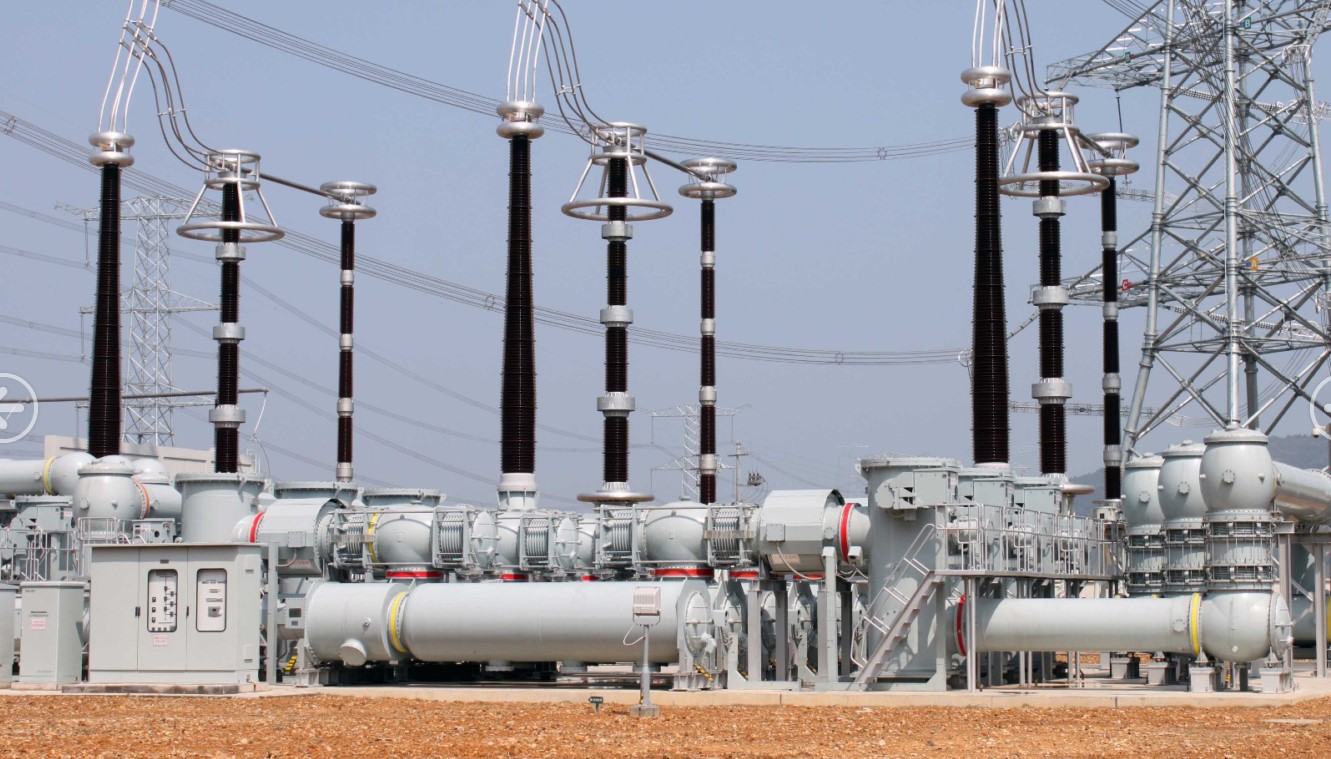
2. When the circuit breaker exits the operation, and the temperature of SF6 gas in the circuit breaker at the rated density or pressure is equal to the external environment temperature, the state of SF6 gas outside the bellows 1 is the same as the state of the standard SF6 package 3 outside the bellows 2, and the lever 6 with shaft 5 as the support point is maintained in a certain equilibrium position, so that the microswitch electrical contact 4 is in the open position. As the ambient temperature changes, the pressure of SF6 gas on both sides changes at the same time, so the lever acting on axis 5 as the support point remains in a certain equilibrium position, and the microswitch electrical contact 4 remains in the open position.
3. When the circuit breaker is out of operation, and the temperature of SF6 gas in the circuit breaker is equal to the ambient temperature, if the circuit breaker leaks SF6 gas, the pressure of SF6 gas outside bellows 1 will be reduced, the pressure of standard SF6 gas pack 3 outside bellows 2 will remain unchanged, and the lever 6 will lose balance, resulting in counterclockwise rotation at both ends. When the new equilibrium position is reached and the air leaks to a certain extent, the electric contacts with different functions of the microdynamic electric contact 4 will be closed respectively, and different instructions or signals will be issued to achieve their different functions.

4. When the circuit breaker is put into operation, the standard SF6 gas package 3 is still at the ambient temperature, because the electrical power consumed when the load current passes through the circuit resistance is converted into heat energy, so that the SF6 gas in the circuit breaker heats up, resulting in pressure increment, that is: The pressure of SF6 gas outside the bellows 1 will increase, which will push the lever 6 to rotate clockwise around the axis 5, so that the microswitch electrical contact 4 will not close. In this case, if the circuit breaker leaks SF6 gas, the pressure of SF6 gas outside bellows 1 will be reduced. However, due to the effect of temperature rise, more SF6 gas is leaked than when the circuit breaker exits the operation in order to make the microswitch electrical contact 4 closed.
Precautions for using SF6 gas density relays
1.SF6 gas density relay can accurately measure the SF6 gas density value only when the circuit breaker is out of operation and the temperature inside and outside the circuit breaker is balanced; When the circuit breaker is running, if the circuit breaker leaks SF6 gas, due to the effect of temperature rise, more SF6 gas should be leaked than when the circuit breaker exits the operation, so that the electrical contact of the density relay can be closed.
2. The verification of SF6 circuit breaker density table or density relay is to use the instrument to automatically convert the SF6 gas pressure value at 20 ° C, showing the density value under various temperatures and pressures, and compare it with the various pressures simulated by the instrument to observe the contact situation of the electrical contact, whether it can signal or lock the circuit breaker within the specified value of the low voltage. To judge the SF6 circuit breaker density meter or density relay is good or bad.
3. In the process of verifying the density table and density relay of SF6 circuit breaker, it is found that the density relay of several circuit breakers is unqualified, but the density table has not been found to be unqualified. The reason for the unqualified density relay may be that the SF6 standard gas package carries a long thin copper tube during installation or maintenance. Due to the bending or collision of copper pipes, the pressure in the standard SF6 gas package increases. It may also be due to the damage of the bellows of the density relay, resulting in the leakage of the standard gas packet of the density relay. When the circuit breaker leaks SF6 gas, the C1-L1 and C2-L2 contacts cannot be connected, resulting in the loss of the function of the density relay, which seriously threatens the safe operation of the equipment or even the safety of the system. It is recommended to replace the density relay with a density meter. On the one hand, it can reduce SF6 gas pipelines and joints, that is, reduce the probability of SF6 gas leakage; On the other hand, it can improve the operation reliability of the equipment.
4. In the actual work on site, when the circuit breaker is charged with SF6 gas, it is often believed that more SF6 gas can prevent the release of gas and blocking signals. Indeed, if the gas pressure is higher, the probability of sending gas and blocking signals will be reduced, but it will increase the burden on the seal of the circuit breaker, which may cause damage to the seal of the circuit breaker and gas leakage phenomenon. Therefore, it is not recommended to charge SF6 gas pressure high phenomenon, should be strictly controlled within the standard.

 EN
EN






 上一条:
上一条: 
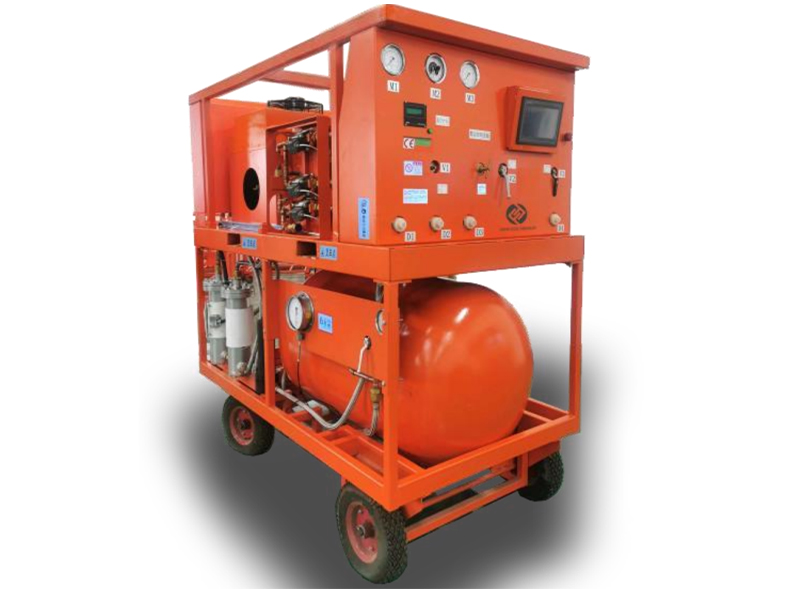
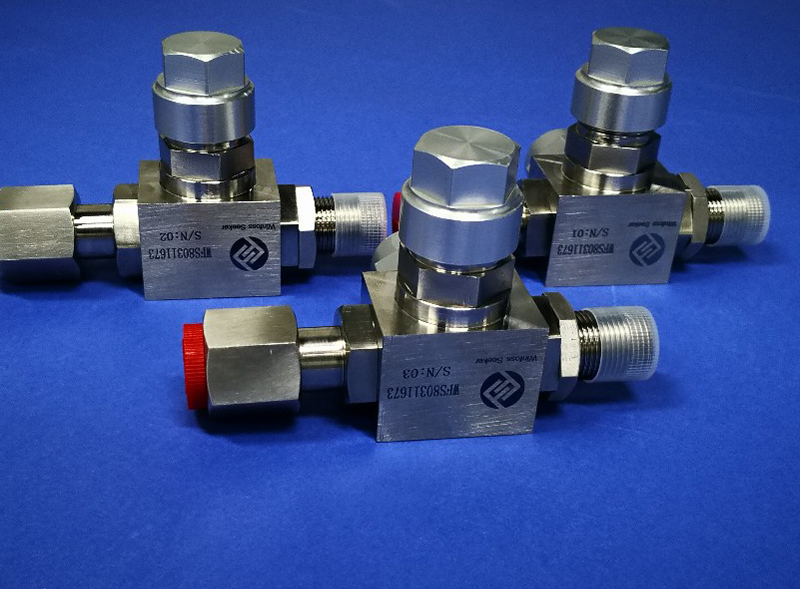
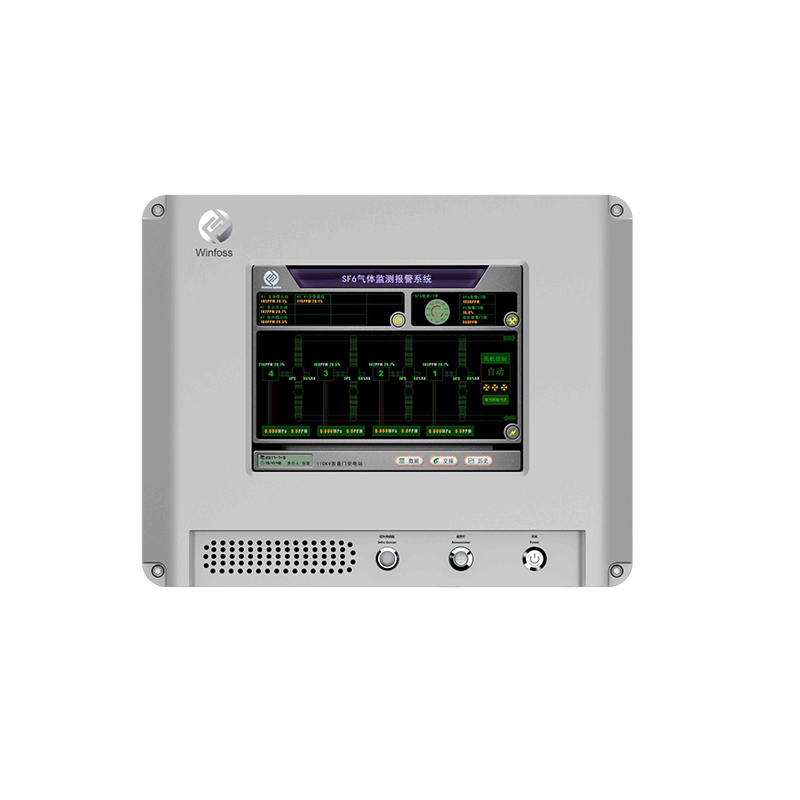
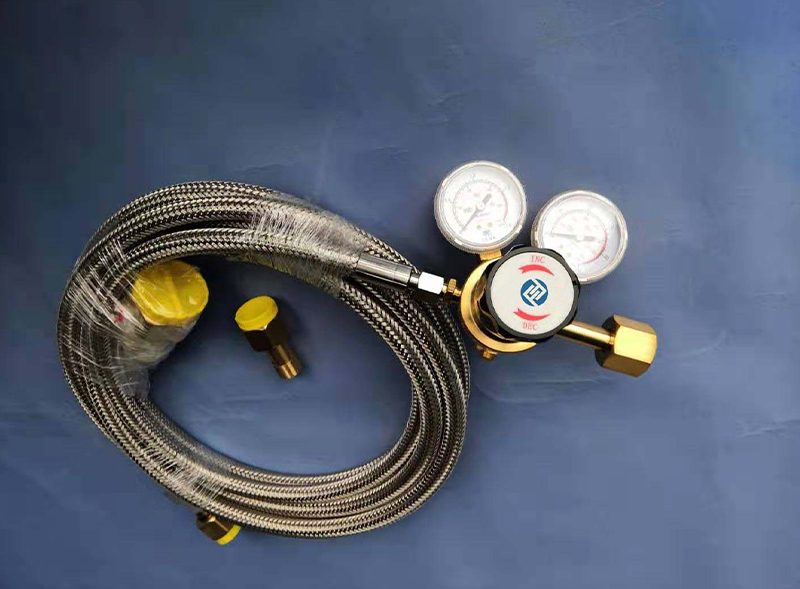
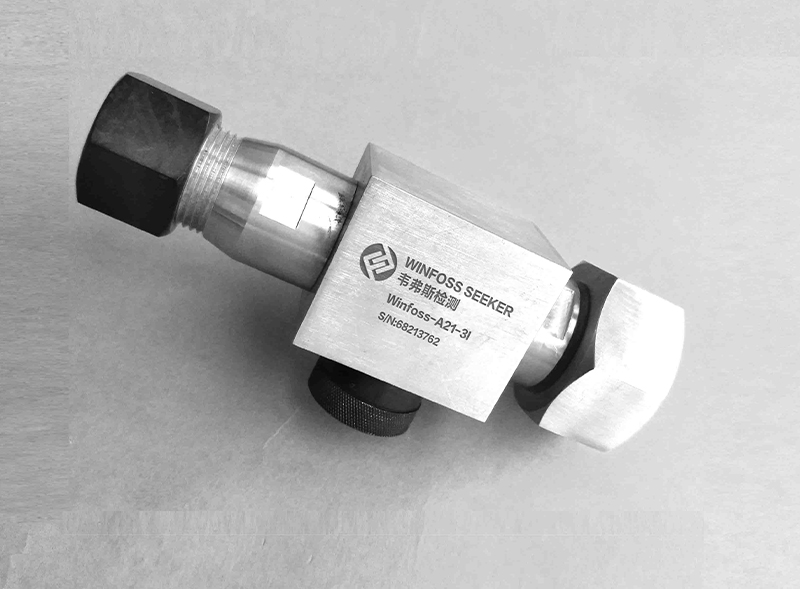
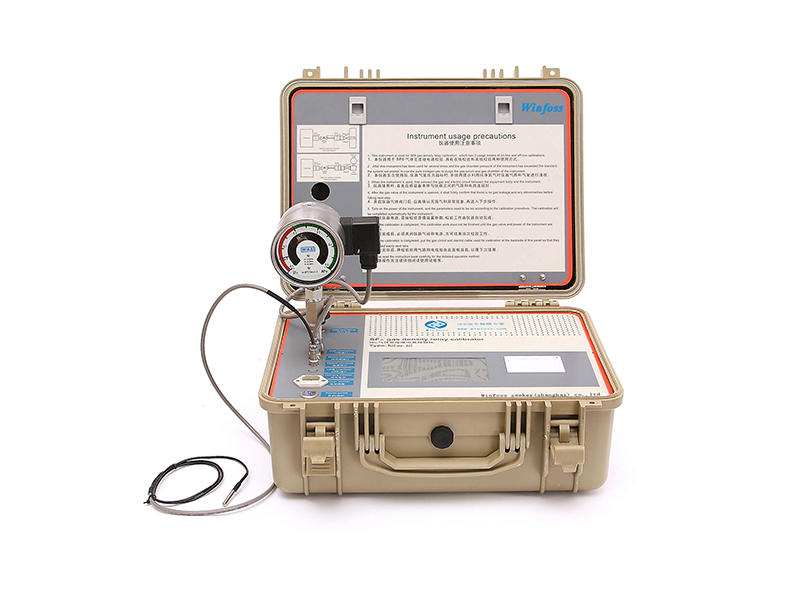
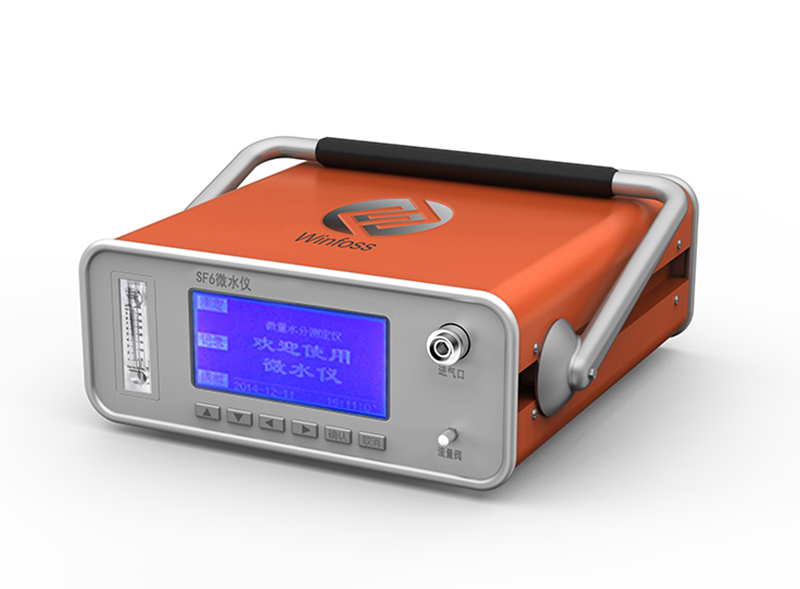
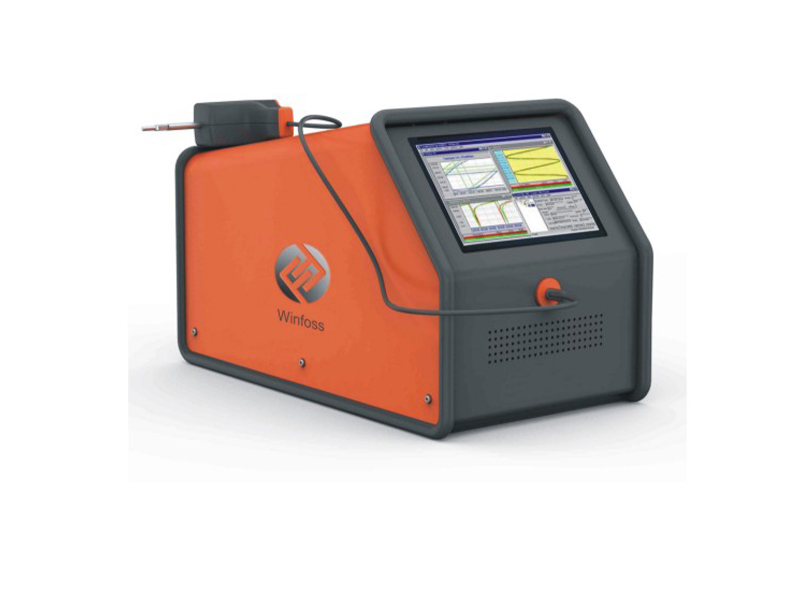

 沪公网安备31011802003762
沪公网安备31011802003762
